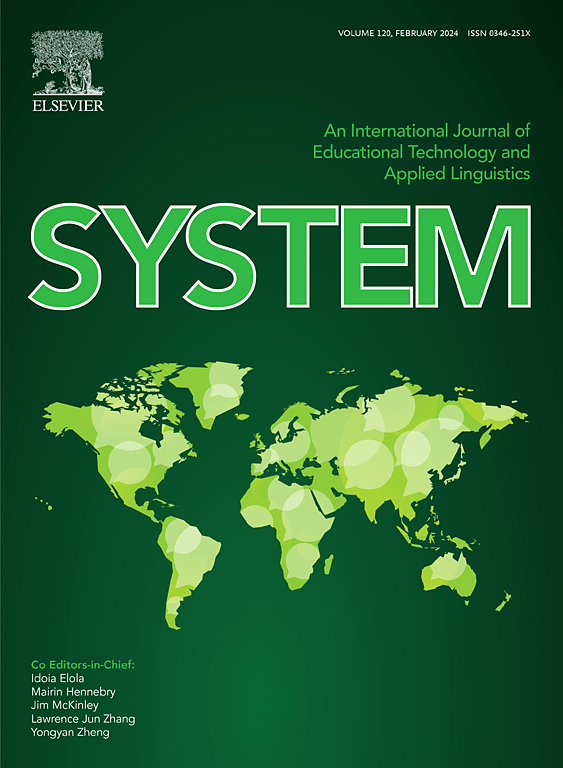尼罗罗非鱼的营养策略:盐碱养殖中的蛋白质和碳水化合物平衡
IF 6.5
1区 农林科学
Q1 Agricultural and Biological Sciences
引用次数: 0
摘要
盐碱水养殖的发展是全球粮食供应发展的重要组成部分。然而,关于盐碱水中水产养殖的营养策略,包括蛋白质和碳水化合物等必需营养素的知识仍然有限。在这项研究中,我们的目的是阐明不同的蛋白质与碳水化合物比例在尼罗罗非鱼(Oreochromis niloticus)适应盐碱胁迫中的作用。饲喂三种等能(16.5 kJ/g)和等脂(60 g/kg)饲料,分别采用不同的蛋白质/碳水化合物比例(27%蛋白质和35%碳水化合物;35%蛋白质和25%碳水化合物;42%蛋白质和15%碳水化合物),50 d。尼罗罗非鱼(0.44±0.03 g)暴露于两种淡水(盐度:0.2 PSU;碱度:0.5 g/L NaHCO₃)和盐碱性水(盐度:16.0 PSU;碱性:3.0 g/L NaHCO₃)来观察生长性能、全身成分和抗氧化能力的变化。为了进一步阐明蛋白质与碳水化合物比例的作用,我们进行了肠道微生物群和转录组分析。结果表明,盐碱胁迫诱导罗非鱼氧化应激,破坏鳃组织结构,引起肝细胞胞浆空泡化,增加能量需求和肠道病原菌丰度,最终抑制罗非鱼生长。27%蛋白质+ 35%碳水化合物的饲粮可显著缓解罗非鱼的氧化应激,提高其粗蛋白质含量,最终显著改善罗非鱼的生长性能。对肠道微生物群和转录组学的进一步分析显示,含有27%蛋白质和35%碳水化合物的饮食增加了肠道中益生菌的丰度,并上调了与葡萄糖代谢相关的能量代谢途径。添加27%蛋白质和35%碳水化合物的饲料提高了罗非鱼肠道益生菌的丰度,促进了能量代谢,改善了长期盐碱胁迫下罗非鱼的生长性能。本研究评价了蛋白质和碳水化合物水平对咸碱水中罗非鱼生长的影响,为咸碱水饲料行业的发展提供理论支持。本研究还强调了盐碱水水产养殖在全球粮食安全和营养供应中的重要作用。本文章由计算机程序翻译,如有差异,请以英文原文为准。
Nutritional strategies for Nile tilapia: protein and carbohydrate balances in saline-alkaline aquaculture
The development of saline-alkaline water aquaculture is an important part of the development of the global food supply. However, there is still limited knowledge about nutritional strategies for aquaculture in saline-alkaline water, including essential nutrients such as proteins and carbohydrates. In this study, our objective was to elucidate the role of different protein-to-carbohydrate ratios in the adaptation of Nile tilapia (Oreochromis niloticus) to salinity-alkalinity stress. Fish were fed three isoenergetic (16.5 kJ/g) and isolipidic (60 g/kg) diets with different protein-to-carbohydrate ratios (27% protein and 35% carbohydrate; 35% protein and 25% carbohydrate; 42% protein and 15% carbohydrate) for 50 d. Nile tilapia (0.44 ± 0.03 g) were exposed to both freshwater (salinity: 0.2 PSU; alkalinity: 0.5 g/L NaHCO₃) and saline-alkaline water (salinity: 16.0 PSU; alkalinity: 3.0 g/L NaHCO₃) to observe changes in growth performance, whole-body composition, and antioxidant capacity. To further elucidate the role of protein-to-carbohydrate ratios, we performed gut microbiota and transcriptomic analyses. The results revealed that salinity-alkalinity stress induced oxidative stress, damaged the gill tissue structure, caused hepatocyte cytoplasmic vacuolation, increased the energy demand and the abundance of intestinal pathogens, and ultimately inhibited the growth of tilapia. A diet containing 27% protein and 35% carbohydrate significantly alleviated oxidative stress in tilapia, increased their crude protein content, and ultimately significantly improved the growth performance. Further analyses of the intestinal microbiota and transcriptomics revealed that a diet containing 27% protein and 35% carbohydrate increased the abundance of probiotics in the gut and upregulated energy metabolism pathways related to glucose metabolism. The diet containing 27% protein and 35% carbohydrate increased the abundance of probiotics in the gut, promoted energy metabolism, and improved the growth performance of tilapia under long-term salinity-alkalinity stress. This study evaluated the impact of protein and carbohydrate levels on the growth of tilapia in saline-alkaline water, offering theoretical support for the development of the saline-alkaline water feed industry. This study also highlighted the crucial role of saline-alkaline water aquaculture in global food security and nutritional supply.
求助全文
通过发布文献求助,成功后即可免费获取论文全文。
去求助
来源期刊

Journal of Animal Science and Biotechnology
AGRICULTURE, DAIRY & ANIMAL SCIENCE-
CiteScore
9.90
自引率
2.90%
发文量
822
审稿时长
17 weeks
期刊介绍:
Journal of Animal Science and Biotechnology is an open access, peer-reviewed journal that encompasses all aspects of animal science and biotechnology. That includes domestic animal production, animal genetics and breeding, animal reproduction and physiology, animal nutrition and biochemistry, feed processing technology and bioevaluation, animal biotechnology, and meat science.
 求助内容:
求助内容: 应助结果提醒方式:
应助结果提醒方式:


